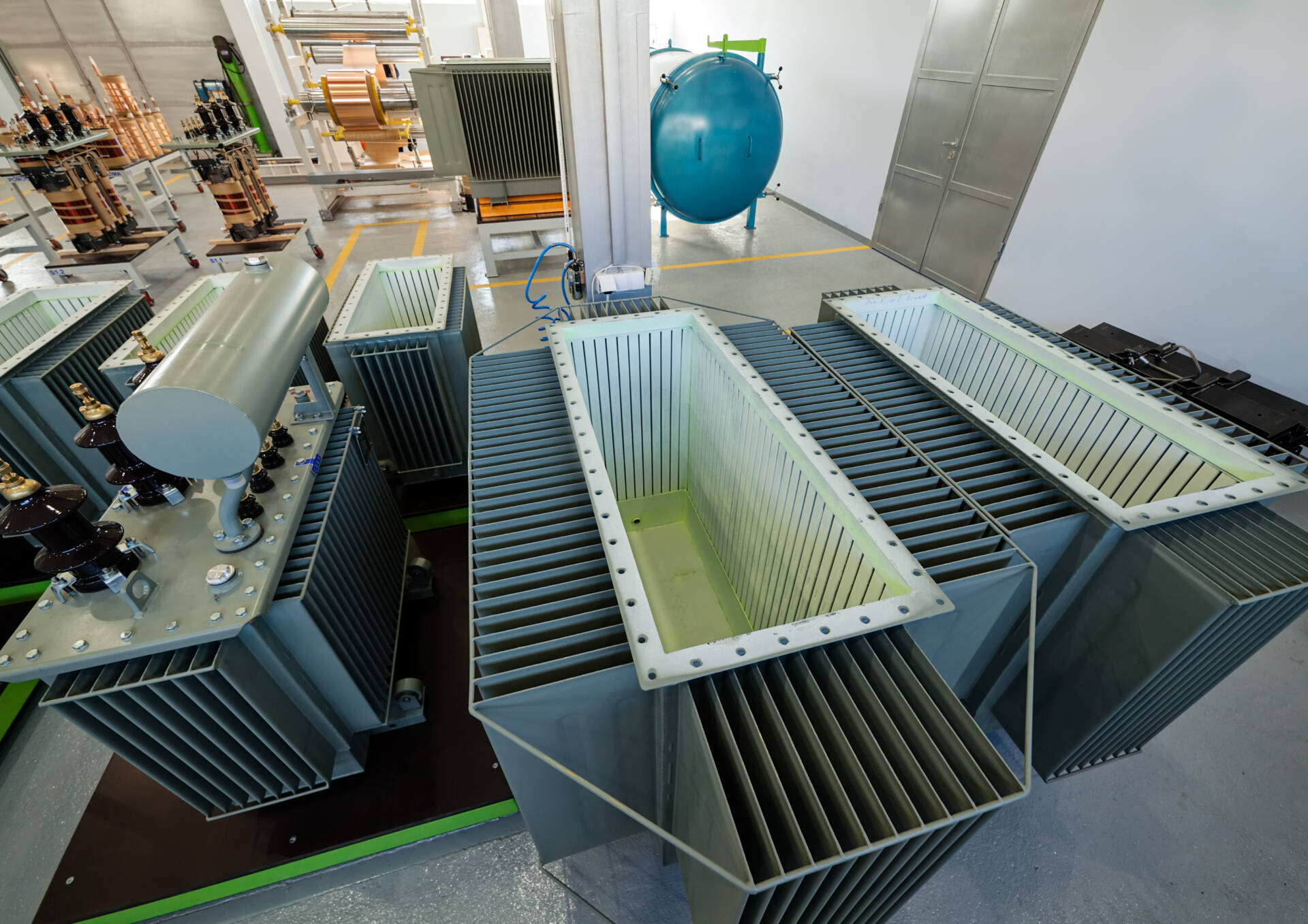Detailed Report On Transformer Manufacturers
Transformer manufacturers produce electrical devices that modify voltage levels for efficient power distribution. These devices are vital in electricity transmission, ensuring safe and effective electricity supply for various industries and households.
Introduction

Detailed Report on Transformer Manufacturers is as follows.
Transformer manufacturing is a critical process in the electrical and power sectors, with the purpose of producing equipment that enable efficient energy distribution and voltage regulation. Transformers are static electrical gadgets that employ electromagnetic induction to transfer electrical energy between circuits by stepping up or stepping down voltage levels. This technique is important in power transmission and distribution because it allows energy to be carried over great distances with minimum loss while still delivering appropriate voltage levels for safe use in homes, industries, and businesses.
The transformer manufacturing process includes several essential phases. The design phase begins with engineers developing transformer parameters based on the intended use, load requirements, and climatic variables. The materials for the transformer’s core and windings are then carefully chosen. To minimize energy losses and ensure the transformer’s reliability and durability, high-quality materials are essential. Transformer cores are frequently made of laminated steel sheets to prevent eddy current losses. The main and secondary windings are formed by precisely twisting copper or aluminum conductors around the core. A transformer’s voltage transformation ratio is governed by the number of windings and how they are organized.
Following the construction of the core and windings, the transformer is subjected to a battery of testing to verify that it meets demanding quality and safety specifications. To assess the transformer’s efficiency and performance, these tests include turns ratio testing, insulation resistance testing, and short-circuit testing. After passing all quality tests, the transformer is impregnated or vacuum varnished to protect the windings from moisture and other external conditions. After that, the transformer is enclosed and filled with insulating oil, which not only enhances insulation but also assists in cooling.

Detailed Report Sample On Transformer Manufacturers



Market Potential Of Transformer Manufacturers

The transformer market was valued at USD 54 billion in 2022, and it is predicted to grow at a 7.2% CAGR between 2023 and 2032.
Growing demand for energy-efficient power distribution networks, as well as stringent government regulations aimed at reducing power waste, are increasing the market’s prospects. Increased innovation in the construction of a centralized power distribution network, the continuous use of smart monitoring systems, and the growth of power distribution infrastructure are likely to offer up new potential prospects for the business. Furthermore, the majority of emerging and impoverished nations are aiming to boost rural electrification and power grid penetration. The great interest of governments and real estate developers in acquiring smart transformer solutions is projected to boost the market’s expansion. Rapid growth of transmission and distribution networks in emerging economies as a result of increased investment would benefit the industrial scenario.
The expansion of infrastructure development activities, aided by both public and private investments and regulatory measures, will contribute to the overall growth of the sector. Lowering greenhouse gas emissions is becoming more important, and implementing energy efficiency measures will provide a favorable business climate for the adoption of transformer systems. As a consequence of increased energy demand and favorable regulatory reforms aimed at extending current grid infrastructure, the transformer industry is growing. Upgrades and modernization of existing grid infrastructure networks, as well as a greater emphasis on improving the reliability and efficiency of electricity distribution systems, will contribute to the industry’s growth. Favorable regulatory schemes and policies, as well as ongoing investments in traditional technology refurbishment, will fuel corporate growth. Furthermore, increased industrialization and rising energy consumption, together with government efforts to promote energy efficiency, will contribute to the industry’s growth.
Contents of Project Report
A project report helps you identify whether a project is worth pursuing. It presents the holistic view and brings complete insight of the business and its activity.
It acts as a guide for all the business operations, aids in taking all financial decisions related to the existing businesses and to the start-ups. It serves as roadmap to the business and provides information to the outsider who are wanting to know more about the business.
You will have the opportunity to build new goals and expansion ideas in one single document. Everyone, from the banks to potential investors, will need to have a look at the project report before they shell out any money.
A well drafted project report generally consists details about:
- Brief History of the Business
- The Promoters
- SWOT Analysis
- Industry Outlook
- Past Financial Statements
- Projected Financial Statements
- Infrastructure and Human Resource required
- CMA data
- Business model
- Requirement of Working Capital Funds
- Means of Finance
Other relevant information, if any.
